本文讲述了通过食物探索世界的烹饪之旅。作者强调了食物作为不同文化之间桥梁的重要性,以及它如何帮助我们了解和欣赏世界各地的多样性。通过尝试不同国家的菜肴,我们可以体验到各种风味、香料和烹饪技巧,从而更深入地了解这些国家的历史和文化。食物还能激发我们的创造力和想象力,让我们在烹饪过程中发现新的可能性。通过食物,我们可以开启一段精彩的环球之旅,体验不同文化的美妙之处。
Introduction
A journey through the world's cuisines is a gastronomic adventure that transcends borders and cultures, offering a rich tapestry of flavors, textures, and culinary traditions. Embarking on a culinary journey is more than just tasting exotic dishes; it's an exploration of history, geography, and the human spirit. This article will take you on a virtual tour of the globe, highlighting the diverse and delectable dishes that make each region unique.
Asia: A Melting Pot of Flavors
Our culinary journey begins in Asia, a continent known for its complex and aromatic flavors. In China, we start with the iconic Peking Duck, a dish that requires precision and to skill prepare. The duck is marinated, air-dried, and then roasted to achieve a crispy skin and tender meat. Paired with pancakes, scallions, and hoisin sauce, it's a symphony of textures and tastes.
Moving to Japan, we indulge in sushi, a dish that has gained global popularity. Fresh fish, perfectly seasoned rice, and a touch of wasabi come together in a simple yet elegant presentation. The art of sushi is not just in the taste but also in the visual appeal and the mindfulness of the preparation.
India, with its diverse culinary landscape, offers a spicy and aromatic palette. A must-try is the rich and creamy Chicken Tikka Masala, a dish that combines marinated chicken with a spiced tomato sauce. The result is a flavorful explosion that has become a favorite in many parts of the world.
Europe: A Symphony of Traditions
Crossing over to Europe, we find a continent steeped in culinary history. In Italy, the humble pizza has become a global phenomenon. With its thin crust, fresh ingredients, and a drizzle of olive oil, pizza is a testament to the simplicity and brilliance of Italian cuisine.
France, the land of gourmets, offers the decadent Croissant, a buttery, flaky pastry that is perfect for breakfast or a mid-afternoon snack. The croissant is a symbol of French baking expertise and a staple in patisseries across the country.
Spain's contribution to our culinary journey is the hearty Paella, a dish that combines rice, seafood, and saffron to create a dish that is both filling and flavorful. Paella is a communal dish, often shared among friends and family, reflecting the social nature of Spanish dining.
North America: A Blend of Cultures
In North America, we find a blend of indigenous and immigrant culinary traditions. The United States is home to the classic Burger, a sandwich that has become a symbol of American cuisine. With its juicy patty, melted cheese, and fresh toppings, the burger is a versatile dish that can be enjoyed in countless variations.
Mexico's contribution to our journey is the Taco, a simple yet satisfying dish that showcases the country's love for corn and chili. Whether filled with grilled meats, fish, or vegetables, tacos are a testament to the versatility and depth of Mexican flavors.
South America: A Feast of Colors and Spices
Our journey continues to South America, where we find a vibrant culinary scene. In Brazil, the national dish Feijoada is a hearty stew made with black beans and various cuts of pork. Served with rice, collard greens, and orange slices, it's a meal that is both comforting and flavorful.
Argentina is known for its Asado, a traditional barbecue that features grilled meats, particularly beef. The art of asado is in the slow cooking over an open fire, allowing the meat to absorb the smoky flavors and become tender and juicy.
Africa: A Taste of the Continent
Finally, we arrive in Africa, a continent with a rich culinary heritage. Ethiopian cuisine is known for its communal dining and the use of injera, a sourdough flatbread that serves as both plate and utensil. Dishes like Doro Wat, a spicy chicken stew, are served on top of injera, allowing diners to scoop up the stew with pieces of the bread.
Morocco's Tagine is a slow-cooked stew that showcases the country's use of spices and dried fruits. The tagine pot, with its conical lid, allows the flavors to meld and concentrate, resulting in a dish that is both fragrant and deeply flavorful.
Conclusion
Embarking on a culinary journey is an immersive experience that allows us to connect with the world through our taste buds. From the aromatic spices of Asia to the rich flavors of Europe, and from the bold tastes of the Americas to the vibrant dishes of Africa, each region offers a unique culinary experience. As we travel through the world of food, we not only satisfy our hunger but also gain a deeper understanding and appreciation for the diverse cultures that shape our global community.

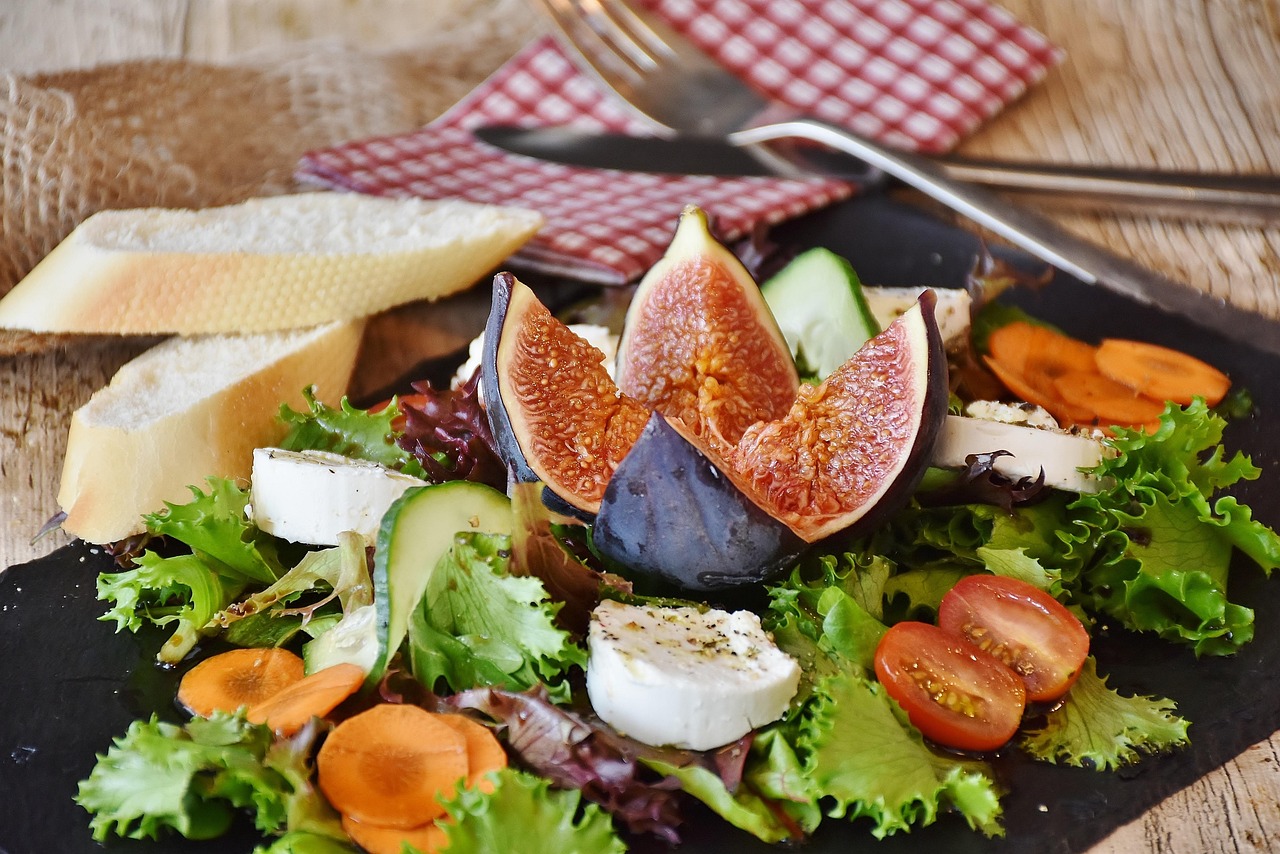
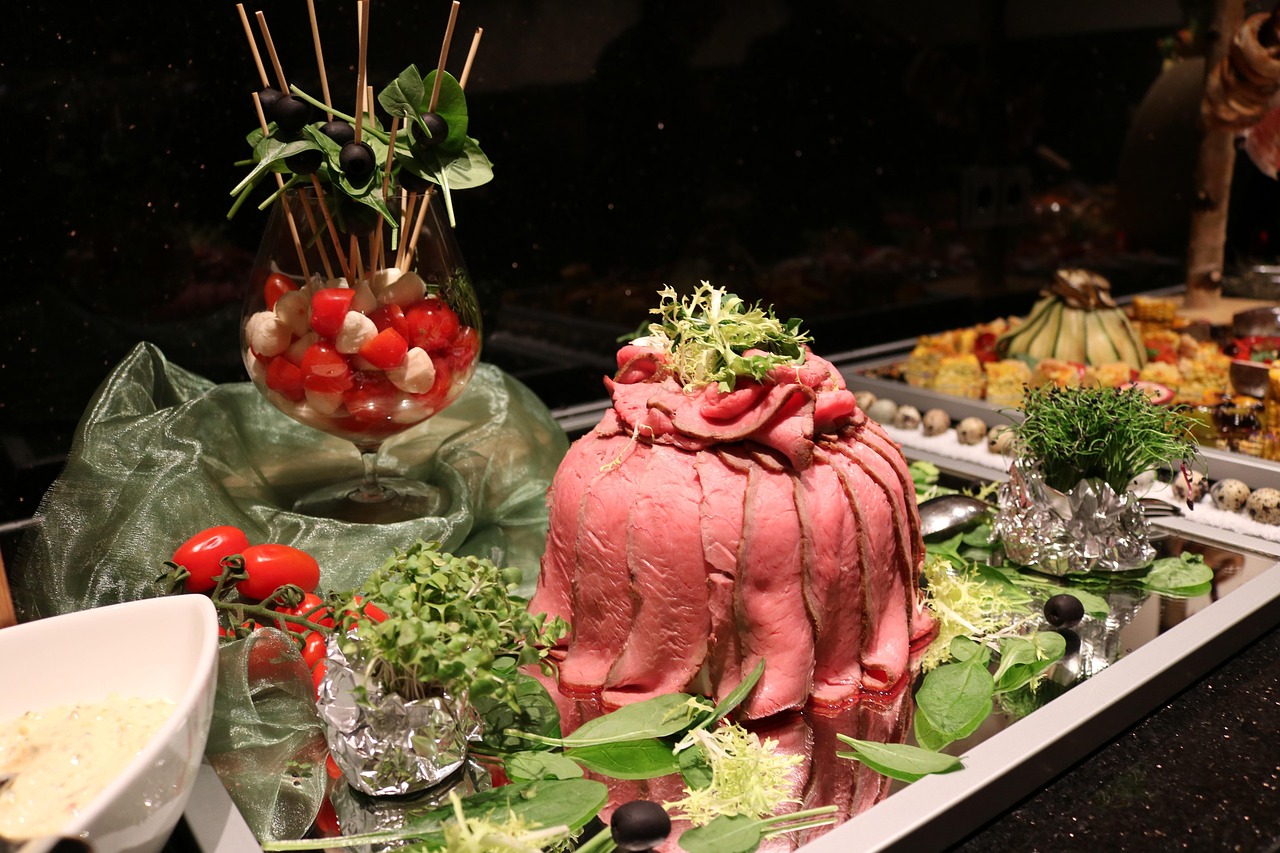








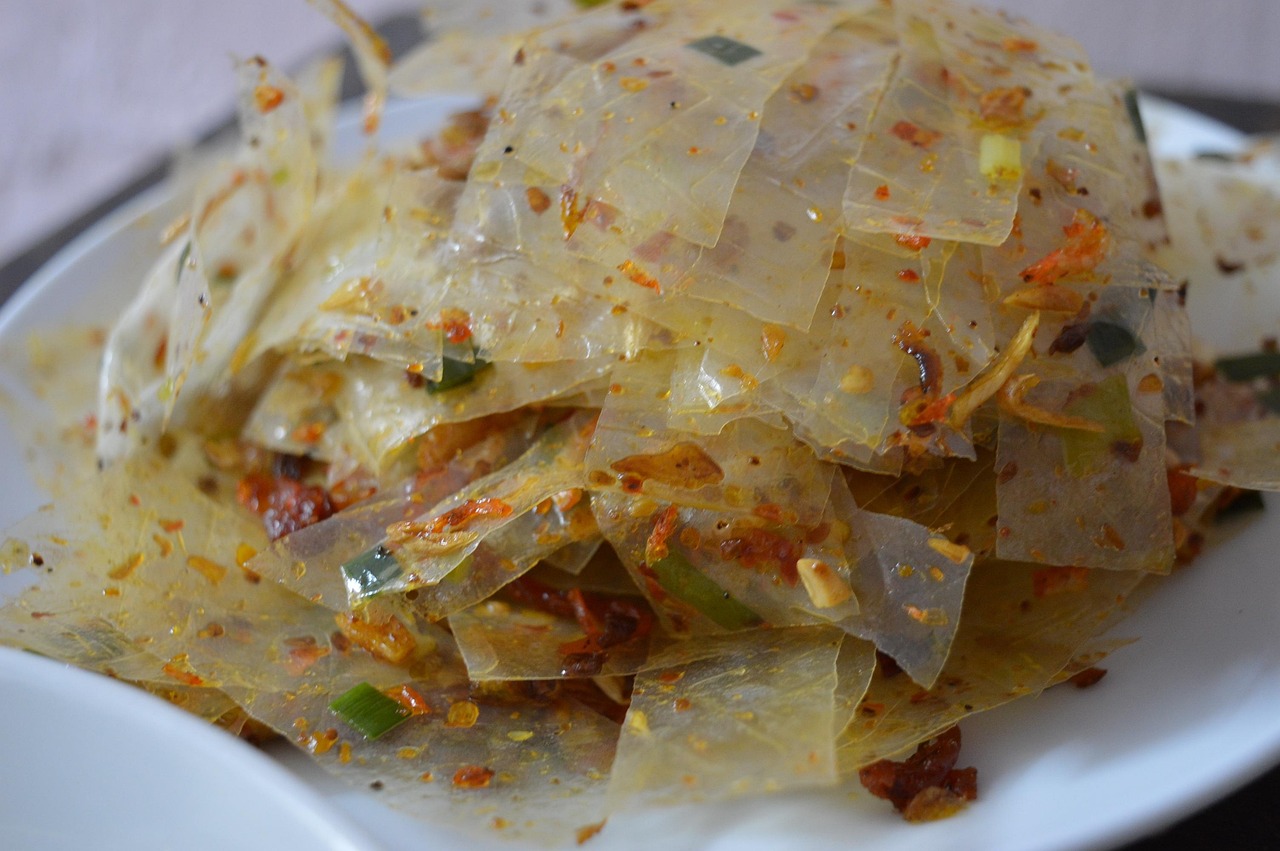
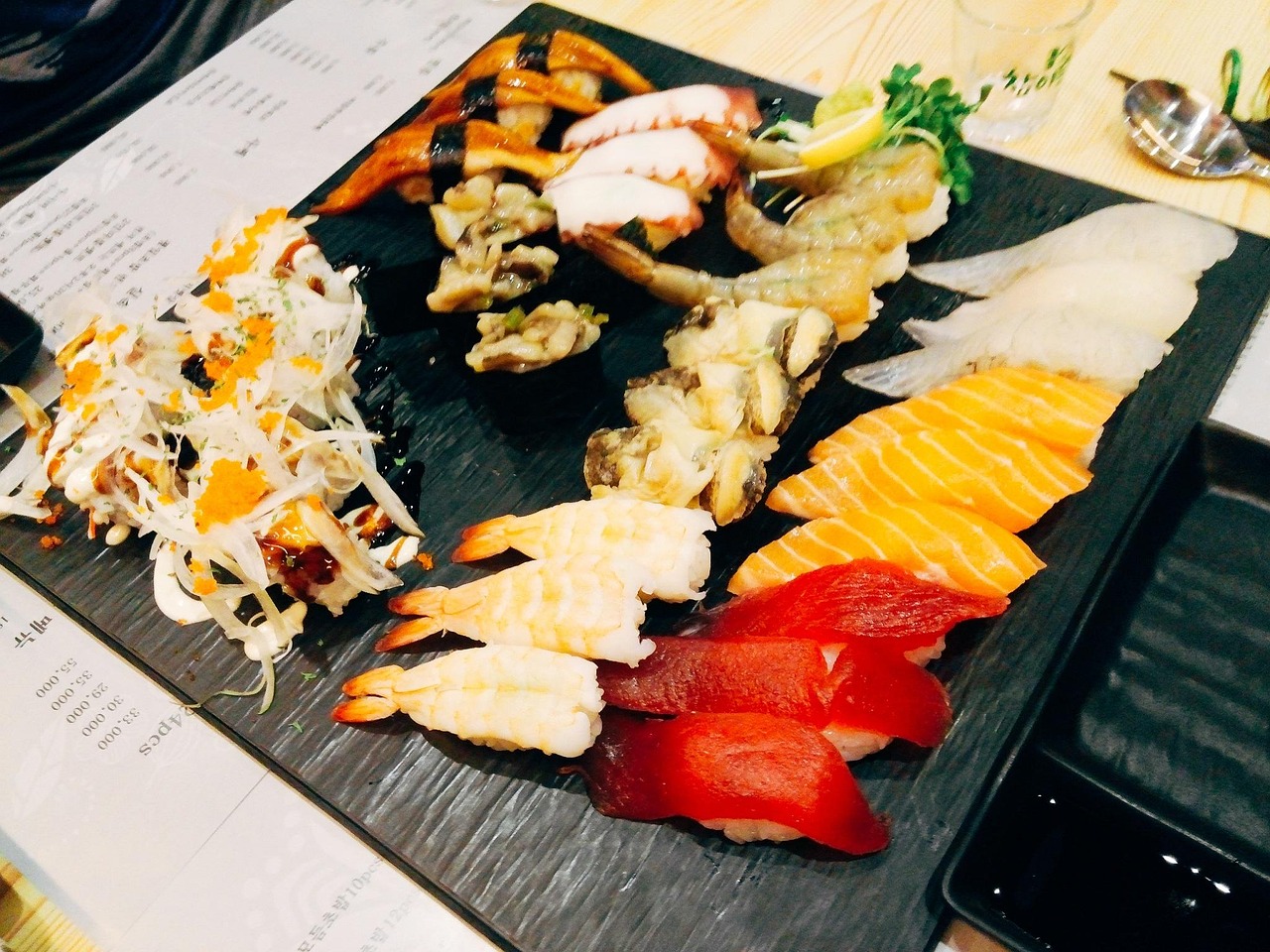
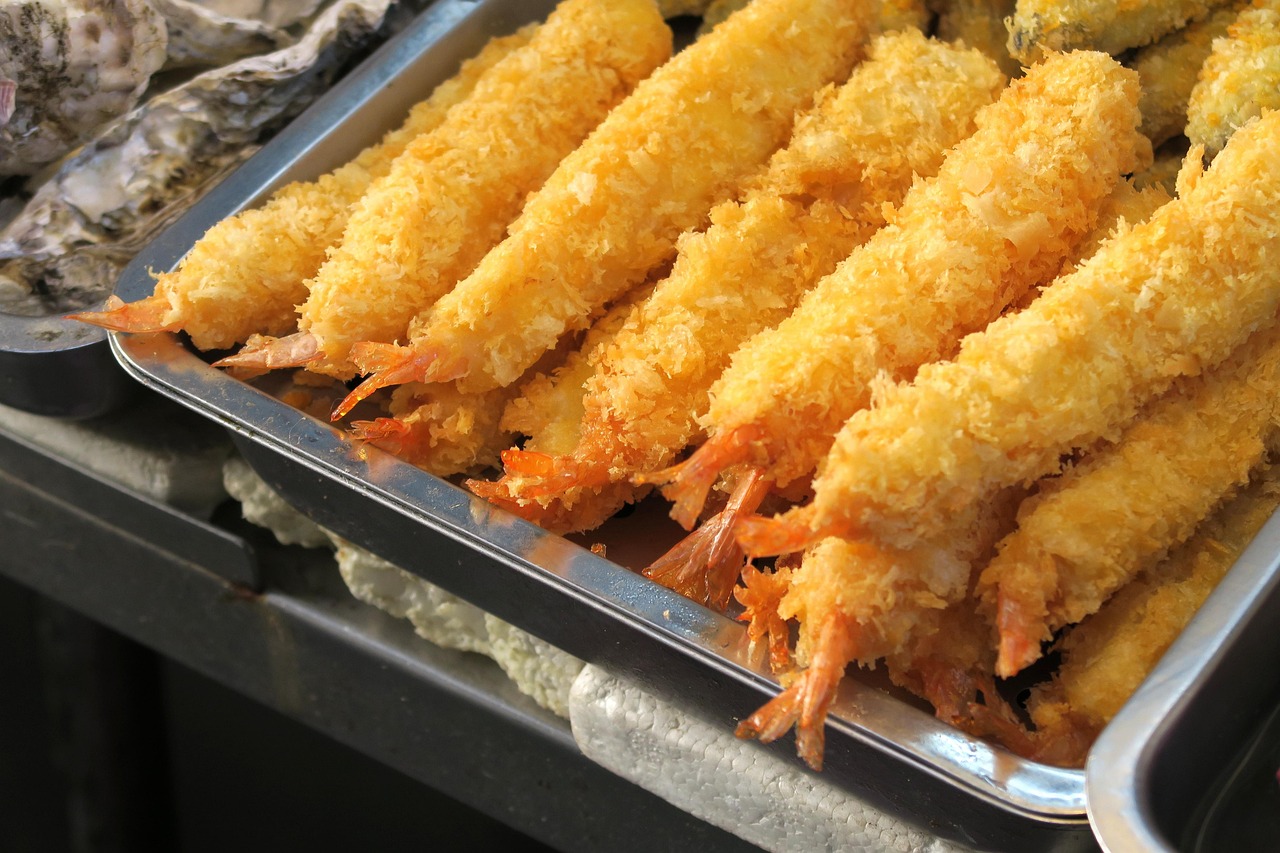

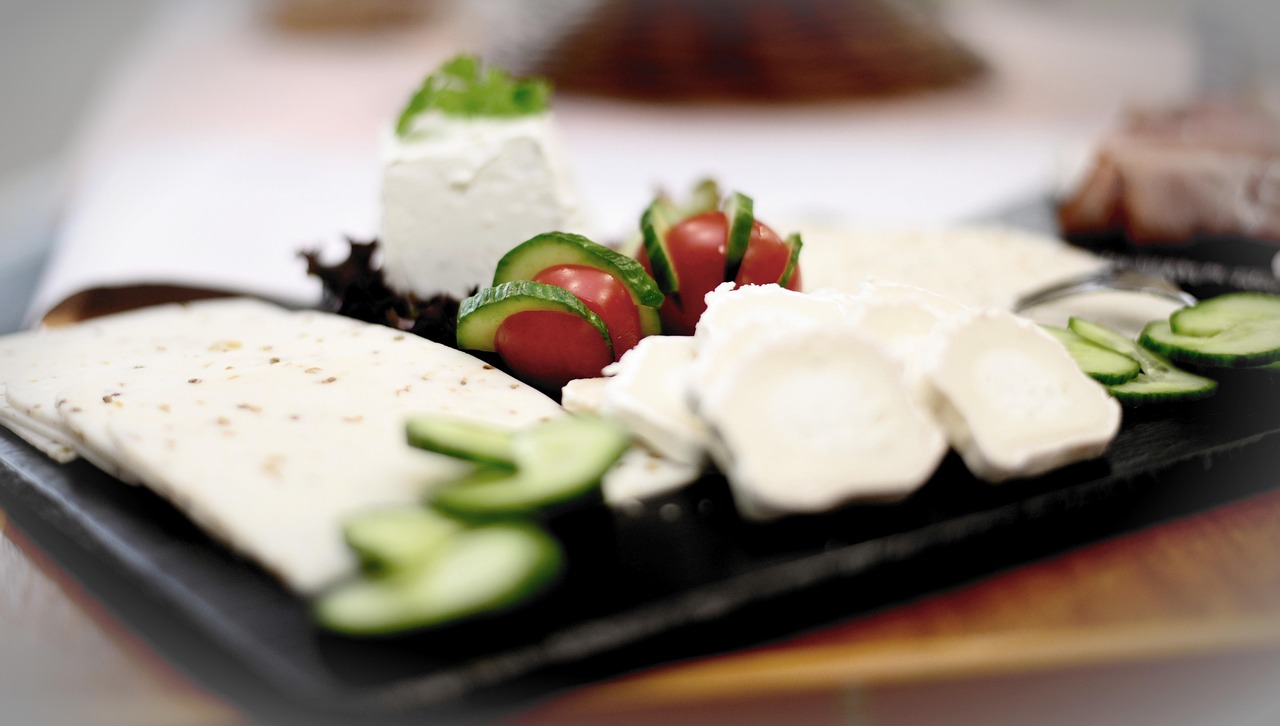
 京公网安备11000000000001号
京公网安备11000000000001号 闽ICP备2023004937号-3
闽ICP备2023004937号-3